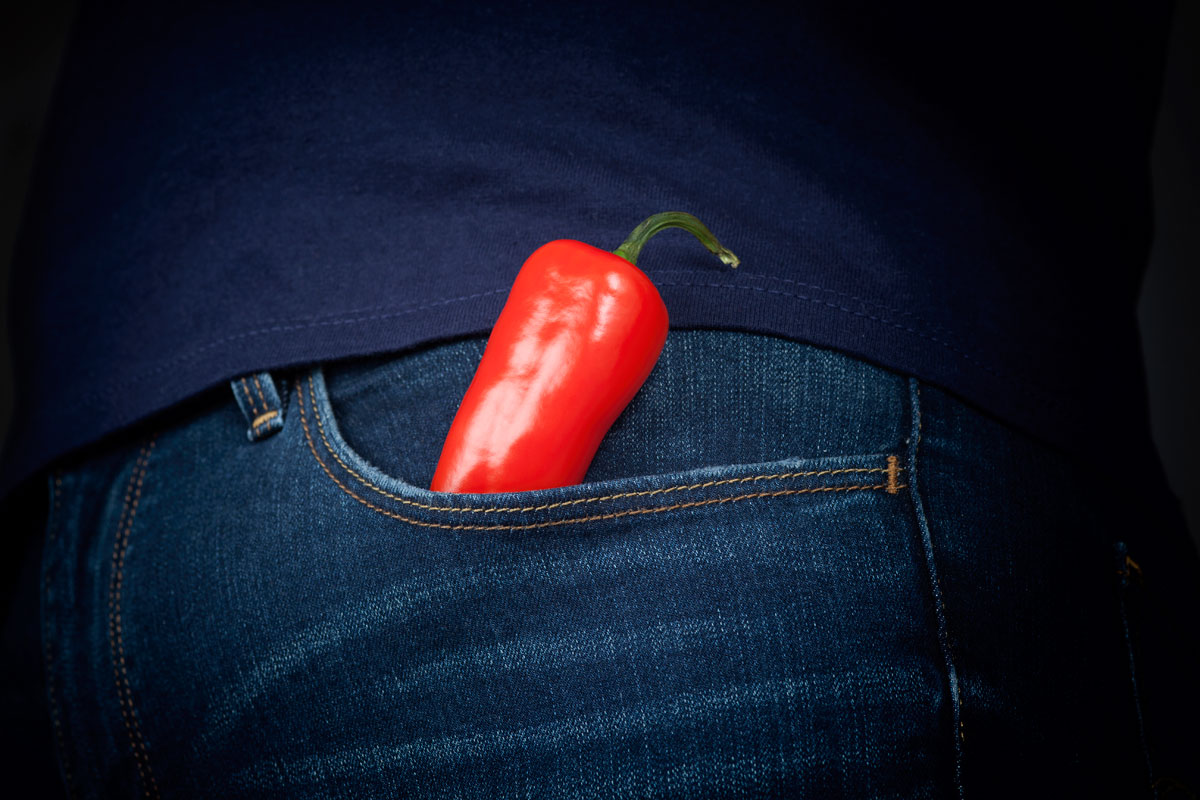Chili Peppers, Are They Good for You?
Among Indians, unless you are a vegetarian, are there any who have not savored spicy tandoori chicken or “chili bhajjis,” the latter, a fried snack of hot chili coated with gram flour batter? The taste is heavenly, writes Dr. Raghavendra Rao.
Chili is the most widely grown spice. It was part of the human diet since at least 7500 B.C. in Americas. They are nutritious. One hundred grams of red, raw chili contain 8.8 gm of carbs, 5.3 gm of sugars, 1.9 gm of protein, 0.4 gm of fat, vitamins A, C, and B6, water about (88%), and 0.01-6 gm of capsaicin. The pungency of chili is due its capsaicin content. When chili is diced the cells that contain capsaicin break liberating the chemical. There are many varieties of capsaicin and hence the chili’s distinctive flavors.
Goodness of Chili: Chili impart unique taste to hundreds of food items and a pleasure sensation in the mouth due to their capsaicin. Capsaicin irritate, and this quality is used in chili ointments. When the ointment is rubbed on areas of muscle pain it causes counter irritation, increases the blood supply and alleviates the discomfort. Capsaicin are used in pepper sprays to incapacitate unruly people.
Chili stimulate heat receptors called TRPV1 and increase an individual’s body temperature and metabolism. The person feels hot, his appetite is curbed and he may lose weight.
Hot Red Pepper Consumption and Mortality: A population based cohort study based on 16,179 participants’ data from the National Health and Nutritional Examination Survey (2017) by Mustafa Chopan and Benjamin Littenberg in PLoS One journal showed that hot red chili pepper consumption was associated with a 13% reduction in the instantaneous hazard of death. The authors suggest eating hot peppers with food may be beneficial. An article in the BMJ (2015) also suggested that consumption of spicy foods was inversely associated with cause specific mortality.
Side Effects: The side effects depend on the chili’s capsaicin content (pungency). In some individuals, chili cause abdominal pain and burning sensation, cramps and diarrhea. If you have irritable bowel syndrome, gastric ulcer, diarrhea or pain these may get aggravated by chili.
An article published in the Cancer Research Journal (2010) from the University of Minnesota suggests that capsaicin ointments for pain relief can act as a co-carcinogen and increase the risk of skin cancer. This is true in mice experiments. As a precaution, avoid chili ointments. To my knowledge, there are no prospective studies in humans connecting chili consumption and cancer. Who would volunteer?
Use chili in moderation in cooking. Enjoy their enticing flavors.


